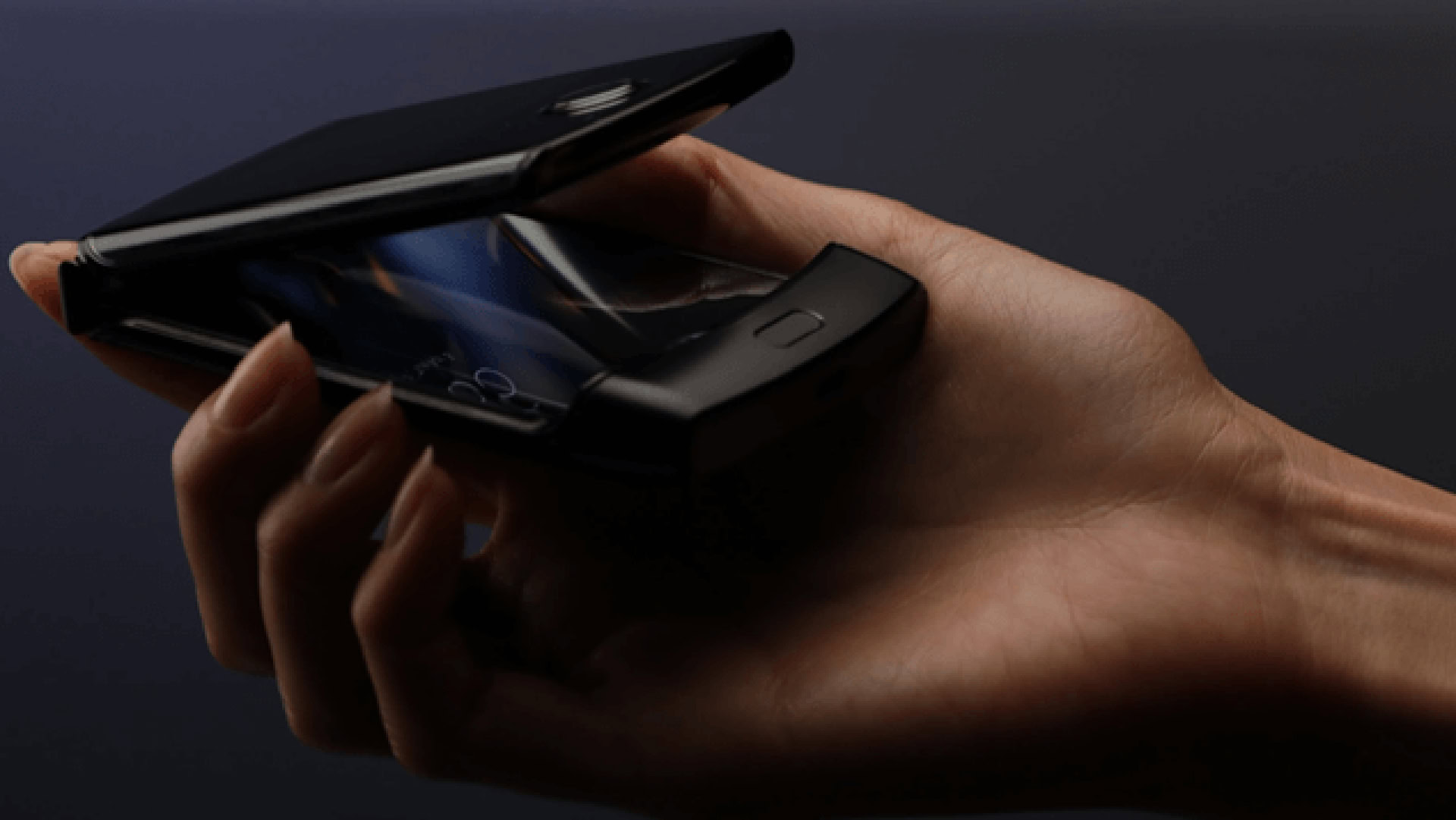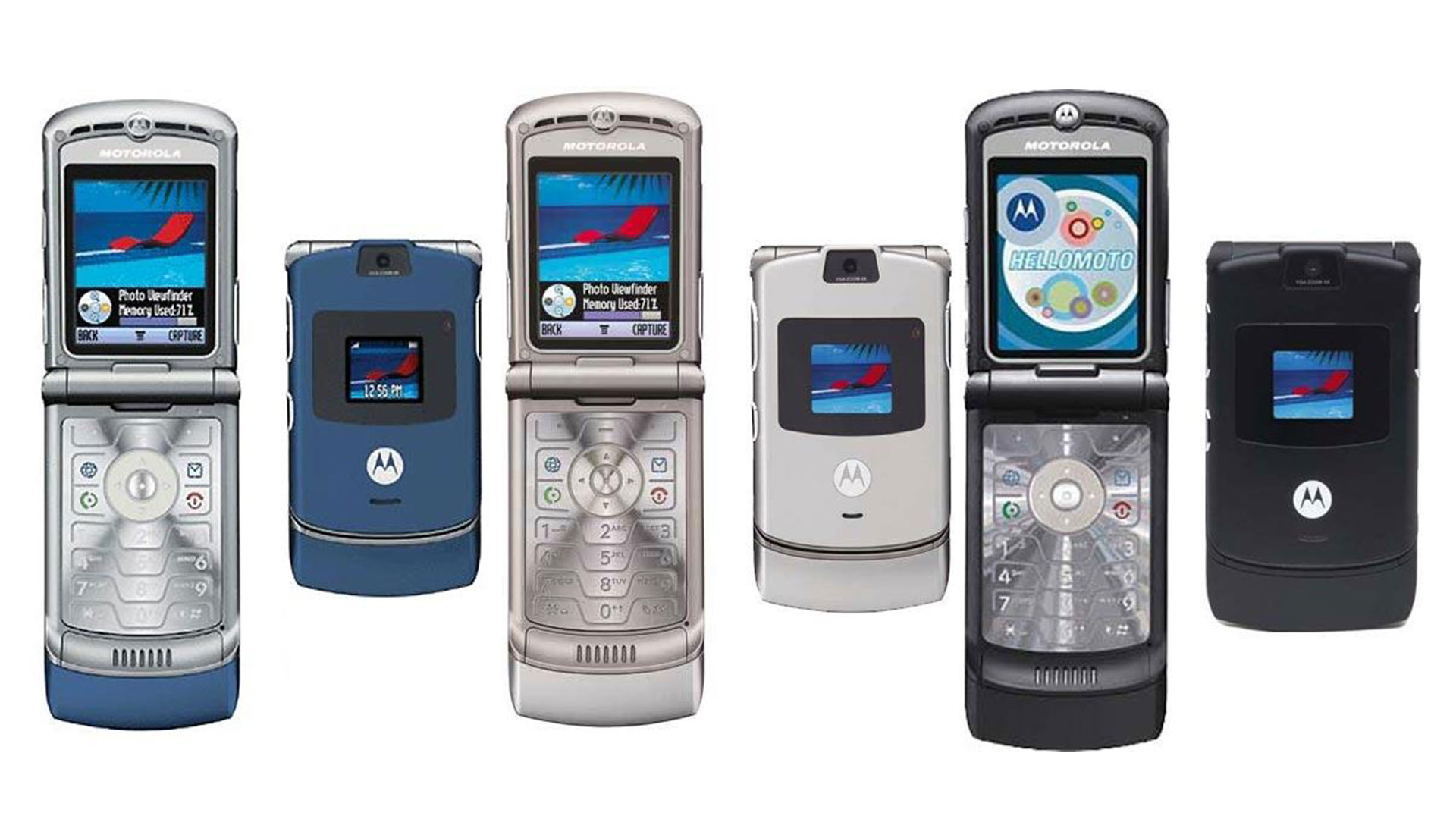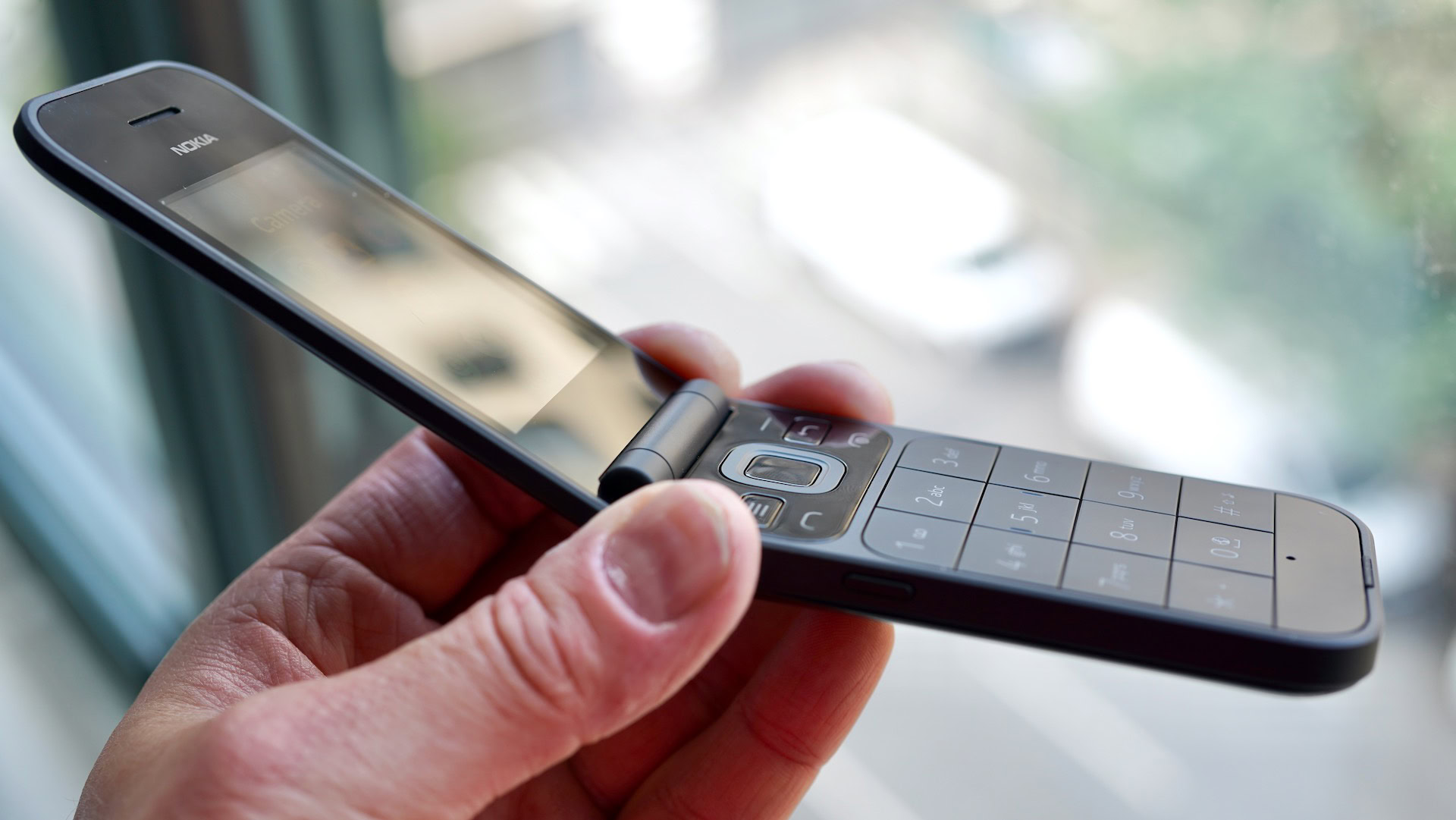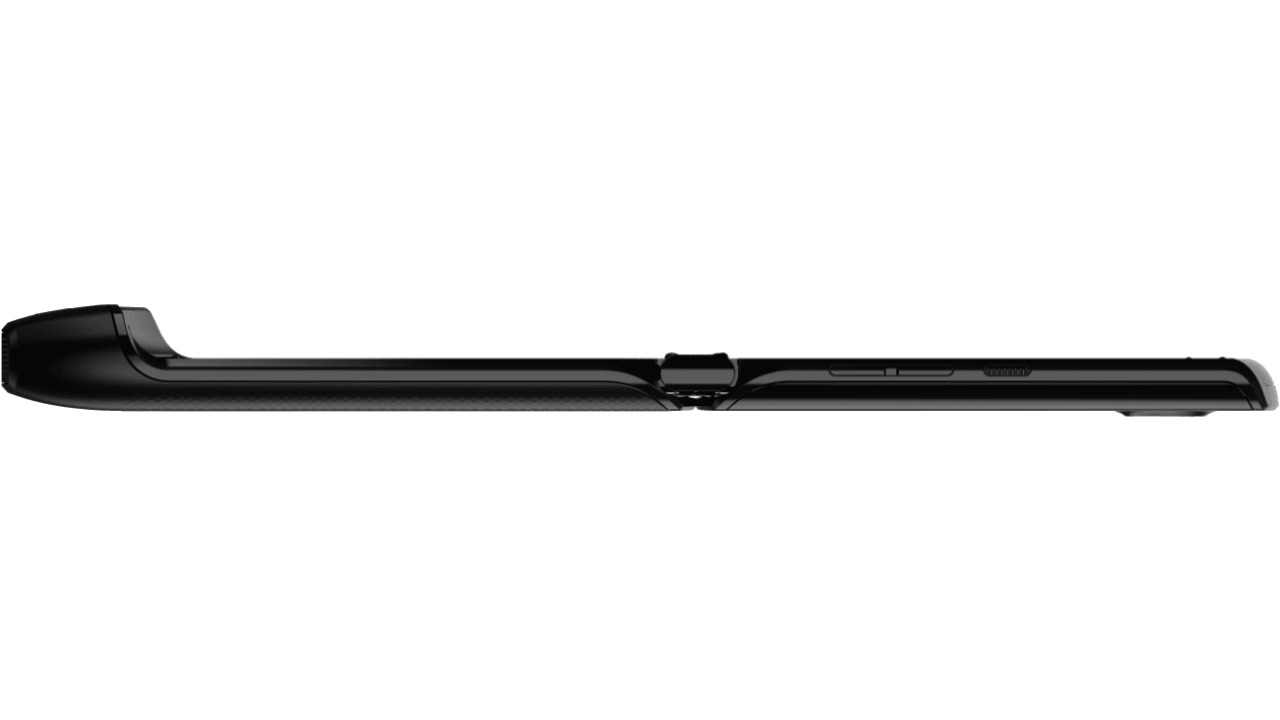Affiliate links on Android Authority may earn us a commission. Learn more.
What I want from Motorola's foldable RAZR reboot
Published onNovember 11, 2019

The Motorola RAZR is primed to redefine foldable phones — and (hopefully) Motorola’s iconic brand. The company has an event scheduled later this week in Los Angeles where it is widely expected to show off its first phone with a foldable display.
Motorola has been teasing the phone’s release for a few weeks, and a handful of leaks have already given us a sneak peak at the RAZR. Other than these tidbits, there’s little we really know about the forthcoming foldable.
While we don’t know the facts, we do know the market that Motorola is primed to enter, and we certainly have thoughts and feelings about what Motorola has in store.
The OG Motorola RAZR

It’s hard to overstate how huge the original Motorola RAZR was back in the day. Motorola announced the phone in mid-2004 and it reached the market during the third quarter of that year. It cost $400 and originally was limited to AT&T. The RAZR and its sequels/variants eventually went on to sell more than 130 million units. It was the phone to have before Apple blew everything up in 2007.
What made it so successful?
At the time, Nokia was the world leader in phone sales. Nokia mostly stuck to candybar-style handsets. In contrast, the RAZR eschewed the candybar and rounded, soap-bar flip phone designs of the era in favor of a sharp, metal-clad hunk. The Motorola RAZR and its sleek design helped catapult Motorola to the number two spot in the worldwide market.
It had a laser-etched keypad, inner and outer color displays, a VGA camera, and a distinct chin. The RAZR ran Java and supported 3D graphics, MP4 media files, and a WAP browser. When it debuted, this was the phone to beat. (Some smartphones were available at the time, such as BlackBerry phones, but they were mostly used by mobile professionals.)
Motorola ended up leaning too heavily on the success of the RAZR, which eventually lost its cool factor.
A different kind of foldable

In the mid-aughts, phones that folded in half were known as flip phones or clamshells. The benefit of this design was to reduce the overall footprint of the phone and make it easier to carry than bar-style devices, which had exposed keypads and screens. Flips and clamshells had mechanical hinges that separated distinct top and bottom halves.
Now, a “foldable” is an entirely different thing.
The vast majority of phones sold today are slab-style smartphones. That is to say, they are flat rectangles that come in various sizes. While the smartphones of 2007 – 2010 were small and easy to manage, we’re now carrying around enormous devices that strain the limits of pockets and hands.
In the last 12 months, Samsung and HUAWEI introduced phones with folding screens. The Galaxy Fold and Mate X have plastic displays that can bend 180 degrees to change the shape of the device and offer users an even larger display. In the case of the Fold, it is shaped and opened like a book, while the Mate X is more like a pamphlet and unwraps like a map.
The Fold and Mate X have one thing in common that holds them back: They’re really big. These phones proffer a smartphone experience that turns into a tablet.
Motorola is going for something else, at least based on the leaks. Like the original concept, the foldable Moto RAZR appears to be a compact device that flips open and turns into what most would consider to be a regular-sized phone.
This idea is a good one: Make it easy to carry, but still behave like the big-screened phones we’re used to when opened.
With this in mind, here’s what we’d like to see from the new Motorola RAZR Fold (or whatever it’s called).
What we want from the folding Motorola RAZR

Considering the hardware we’ve seen from Samsung and HUAWEI, we know there are limitations to what we can expect from phones that have folding displays. In other words, we’re not going to demand too, too much from Motorola. Even so, with any luck the company has thought the device through thoroughly enough to cover some basics.
Pocketable: The Galaxy Fold and Mate X are big phones. The Fold, in particular, is awkward to carry around with it crammed into your jeans. We truly hope the Motorola RAZR is not a thick phone that will be uncomfortable to carry around.
Robust: The first retail version of the Samsung Galaxy Fold was a disaster in that the screen was too fragile. The first wave of devices failed, forcing Samsung to delay the phone’s launch by more than three months. Even the redesigned version failed. With the understanding that folding screen tech is still new, it would serve Motorola well to ensure that it’s device can stand up to the rigors of everyday use.
No compromises: Both the Fold and the Mate X force compromises on the end user, whether that be a tiny outer display or an awkward footprint. It would be great if Motorola could strike the right balance with its phone.
Affordable: At $1,980 and $2,600, the Fold and Mate X, respectively, are unaffordable for most people. Motorola would do itself a big favor by offering the Moto RAZR for a lower price point, something attainable for mere mortals.
Good battery life: Or at least average battery life. Phones need to get through a full day, no questions. The leaked images are worrisome in that the phone looks thin. Please, please give it a good battery, Motorola.
Usable software: Though companies can address launch bugs via software updates down the road, Motorola should to its best to deliver a clean user interface and clean code when the phone goes on sale. Motorola generally ships its phone with a near-stock version of Android. That’s good news. I’ll go one step further — Android 10 or nothing.
In other words, I want Motorola to nail the basics. Fancy features such as wireless charging, quad-camera arrangements, and similar over-the-top features aren’t necessary. If Motorola can deliver a good experience from day one, then the 2019, folding Motorola RAZR might be the foldable to beat.